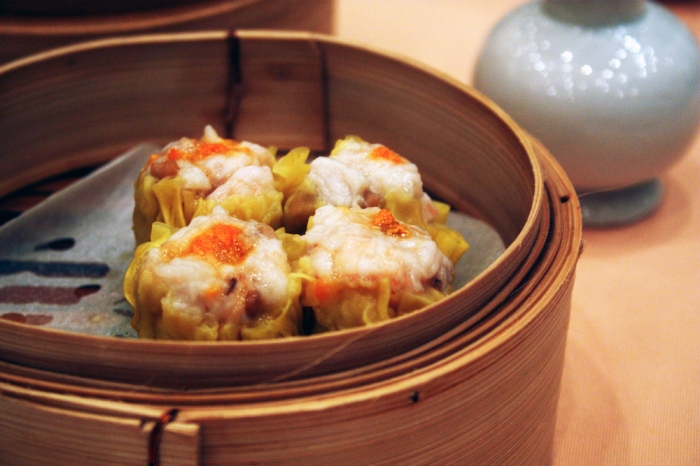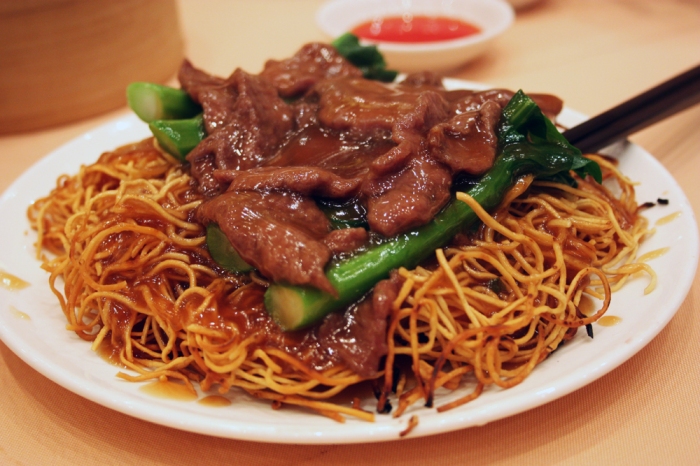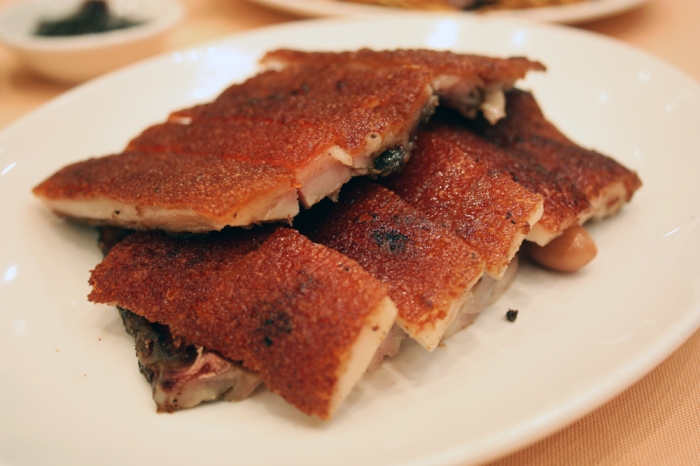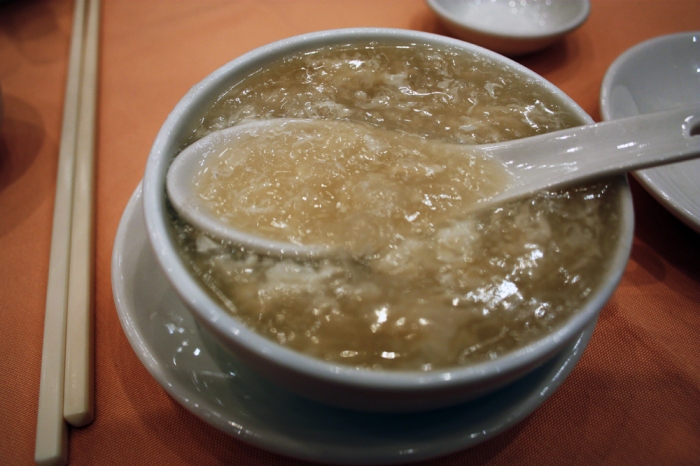Hong Kong is truly a city for food. It is a meeting point between East and West, and this results in equal availability of authentic, old school Cantonese favorites, Southeast Asian dishes and some pretty damn solid Western cuisine as well. Innovation is everywhere and the people, both expats and locals alike, are always on the look-out for the new stuff. I emphasize locals, to illustrate the key difference between the food scene of Hong Kong and that of a place like Argentina, where, sadly, it is still mainly the curious and always unsatisfied expats who are both causing and enjoying culinary innovation, while too many locals stick to the under-seasoned and overcooked (for my palate, at least) food of their grandparents’ generation, stubbornly rejecting new flavors and textures and arrogantly looking down on those who choose to embrace novelty. I am speaking, of course, about the majority. There are those locals who dabble in the occasional cream cheese and cucumber sushi or “authentic Mexican taco,” but these are a select few. On the plus side, this attitude helps maintain a standard for authentically Argentine food within Argentina, and keeps the tradition going strong, fighting off the yuppy-fication which commonly results in the first authentic Thai place popping up in a city. However, on days when one wants something other than empanadas, meat or anything involving ham and cheese, one is almost forced to join some sort of expat community to get to it. And that’s not cool. I’ve had so many laughs and good times with Hong Kong locals over a plate of, say, Vietnamese soft shell crab or Australian seafood. It’s just a shame that this still seems so far away when in Argentina.
Anyway…
What to eat as my last meal in Hong Kong? It seemed at one point a daunting and difficult decision. In a city where I have experienced so many new flavors and textures and sampled everything from Japanese Hakata-style ramen noodles to Australian kangaroo sirloin, from Filipino fertilized and aborted duck embryo to Hong Kong-ese pig intestines on a stick, what restaurant among the myriad of wonderful restaurants I have grown to love do I choose to have my last meal in? The answer actually came to me pretty easily. It had to be Yung Kee, the historically significant and much loved Cantonese restaurant located on Wellington Street in Central. It was the place where I had my first century egg and the best roast goose I’ve ever had or ever will have in my life.
I went there for one thing which was left behind as something I hadn’t tried and simply needed to before leaving Hong Kong. My friends, however, ended up ordering a bunch of other stuff and the more plates hit the table the more I started to realize how much I would actually miss all of this delicious stuff. So let’s start with it.
First off, shumai, one of my favorite dim sum characters. Gummy and soft minced pork wrapped in a chewy but thin yellow lye wrapper and steamed, topped off with zingy crab roe which gives it an extra marine zest, a nice beady texture and a pretty color contrast. Man am I going to miss these. Even the street food on-a-stick variety. Maybe I will find them in Buenos Aires Chinatown.
This particular one I had not had before but it was quite delicious as well. Crispy Cantonese-style stir-fried noodles with sautéed beef in a gooey, slightly sweet brown sauce, served with a few sprigs of kai-lan (Chinese broccoli). The noodles were very nicely cooked, very thin and crunchy toward the exterior, softened by the goopy sauce of the meat towards the middle. The beef was remarkably tender and soft and fell to pieces in the mouth, while the crispy veg contrasted this softness. The sauce, starchy thick and glossy was the way locals like it, which is to my taste still a bit too goopy and a bit much. After a few more months in Hong Kong, however, I may have grown to prefer it this way. Who knows…
Suckling pig, perhaps the signature dish of the city, as it is everywhere and is expertly cooked 99% of the time. Yung Kee’s version is particularly show stopping. The thing falls apart in your mouth, naturally layered depending on fat content. The skin has an impossibly crispy, golden brown external layer, which covers a smooth, slippery layer of piggy fat right underneath. This falls apart from the flesh meat below it, which is lighter in color, fattier on one side and darker, slightly drier on the other. It is gummy and tender and delicious, with a slight bite to it, which contrasts with the melting, delicate fat and the crunch from the skin. Seasoned minimally (the soul of the baby pig is seasoning enough…), and served with some boiled peanuts and a bit of dark, thick hoisin sauce which is nutty and very slightly marine, and contributes marvelously to the flavors of the baby pig. Definitely something I will wake up with a sweat craving in the middle of the night about a week from now…
And finally, something that has eluded me up until now (mainly because at $50 USD per tiny cup, it is a tad pricy), bird nest soup. Along with other things like abalone, shark’s fin soup and sea cucumber, it is one of those super rare Chinese delicacies which have been around for hundred’s of years, have all kinds of healing powers and which jump off the menu as 4 times more expensive than the basic proteins (cpb). In this case, the price definitely has to do with what it is made of. A few species of cave-dwelling swifts build their nests using their own saliva as the main structural component. The nests are harvested and dissolved by simmering in chicken broth, often with crabmeat or minced chicken. I had mine with shredded chicken, although the latter was shredded so finely it kind of disappeared into the soup, leaving only a nice clean flavor, which did not compete with the star ingredient. It was unique indeed. The nest is stringy but gelatinous, made up of thin slivers that still have a bit of a chewy bite to them, a bit like glass noodles only more chewy. The saliva nests are packed with collagen, which thickens the broth of the soup, making it a slightly viscous jelly with a texture similar to that of egg drop soup. The chemical makeup of the bird saliva also makes the soup very good for digestion and helps with breathing. Definitely an interesting experience and one that underlines a key concept in Chinese cuisine: texture, texture, texture. Those who buy this stuff, especially those who buy it regularly, are paying absorbent prices not for flavor (as the nest has close to none of that) or medical value (as these are quite undefined), but for the interesting texture of the nest strings, which don’t quite compare to anything else I have ever tried. The same is true for so many other traditional Chinese dishes, from shark fin soup to fluffy egg whites. It is texture that people come back for and achieving that texture which makes preparation method so specific and difficult.










Pingback: East Meets West at the Shanghai Pudong Airport | My Amused Bouche